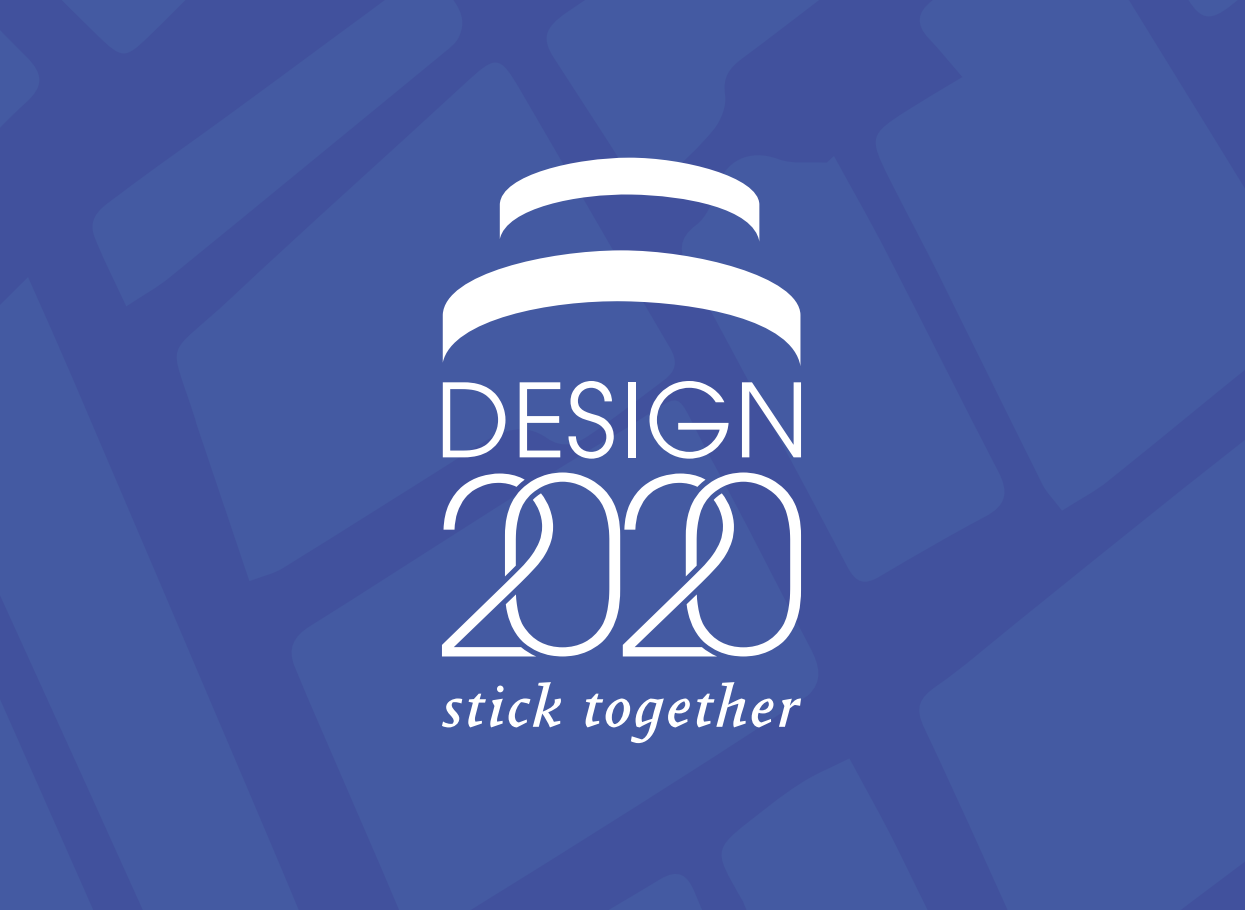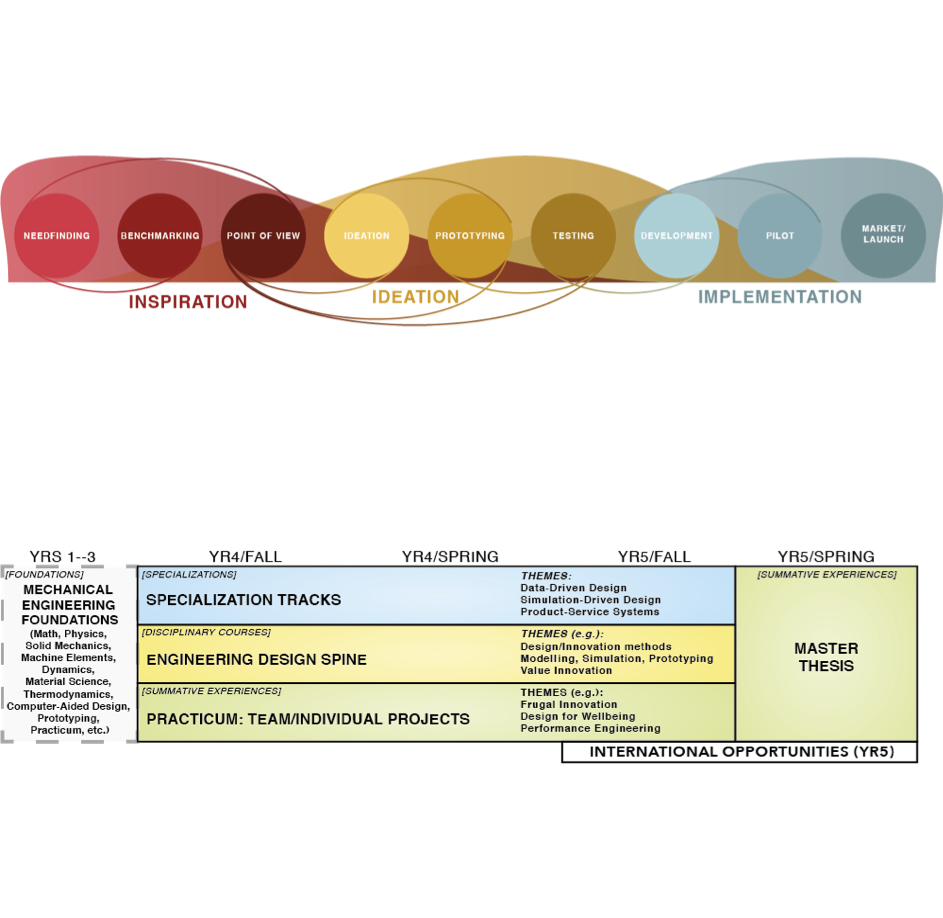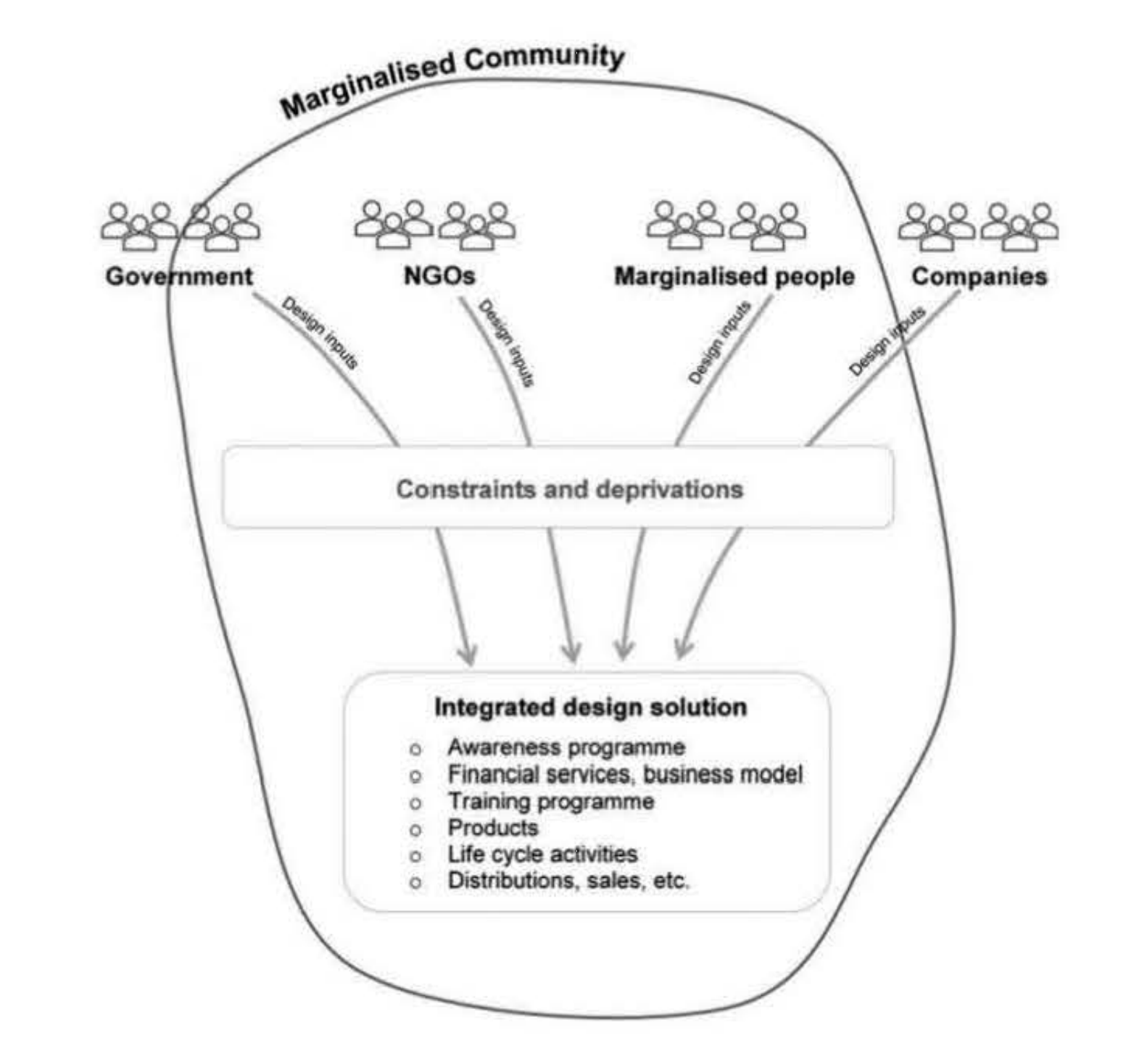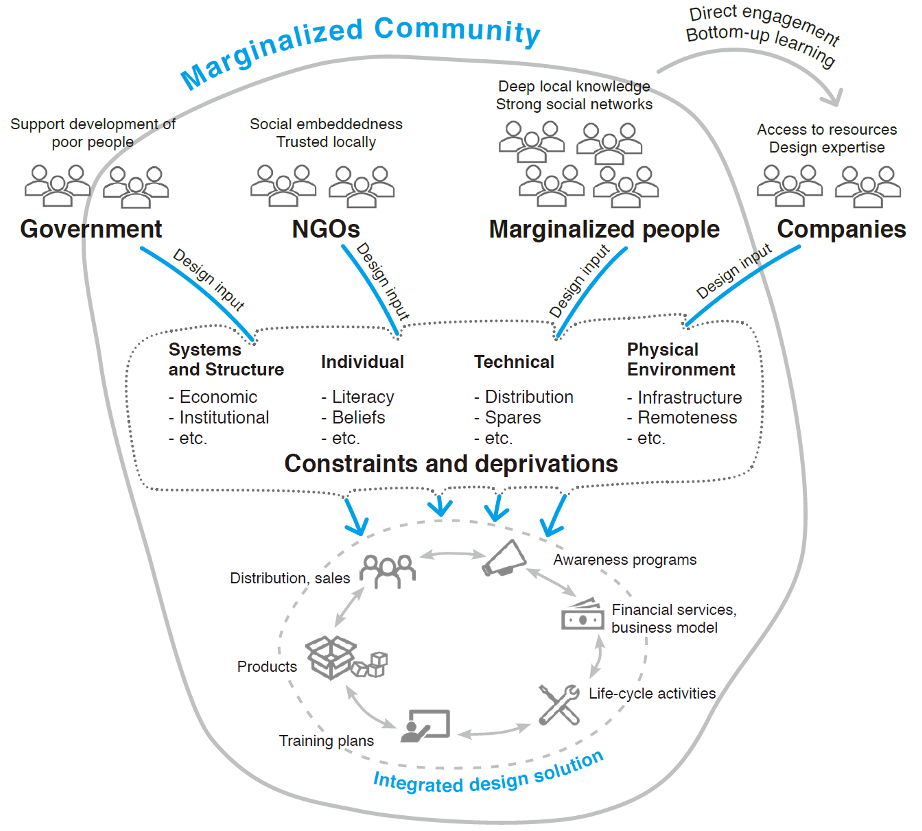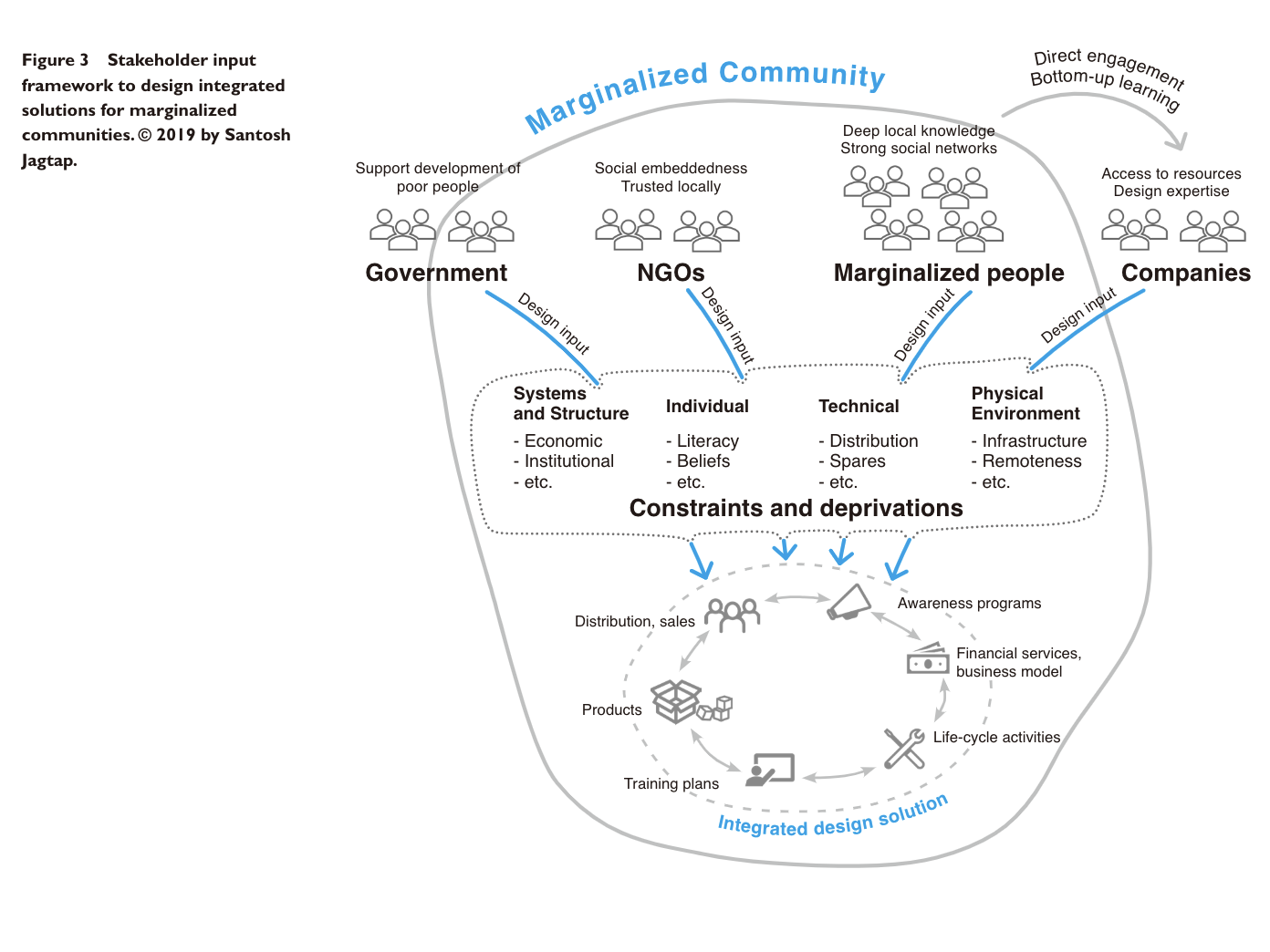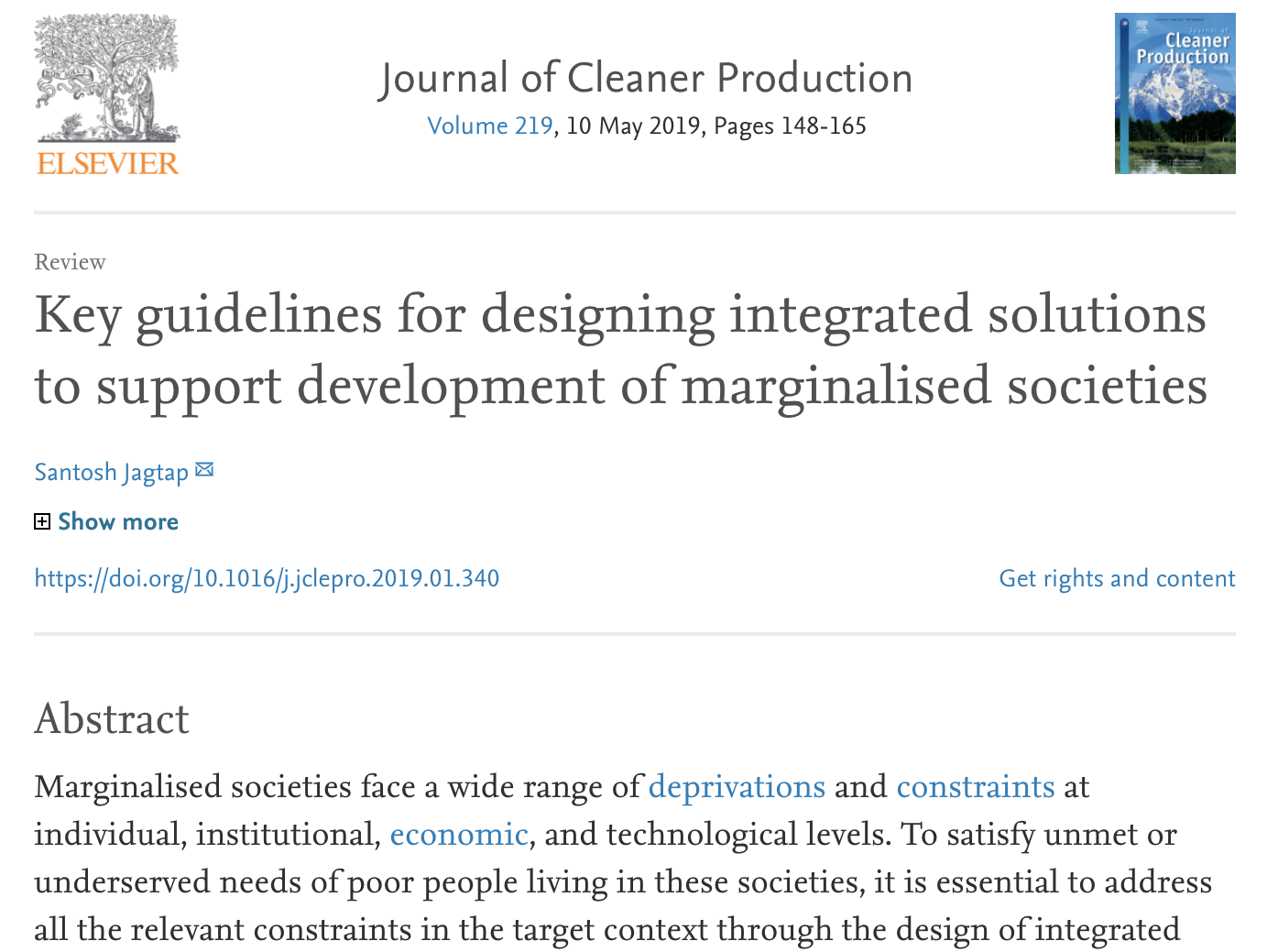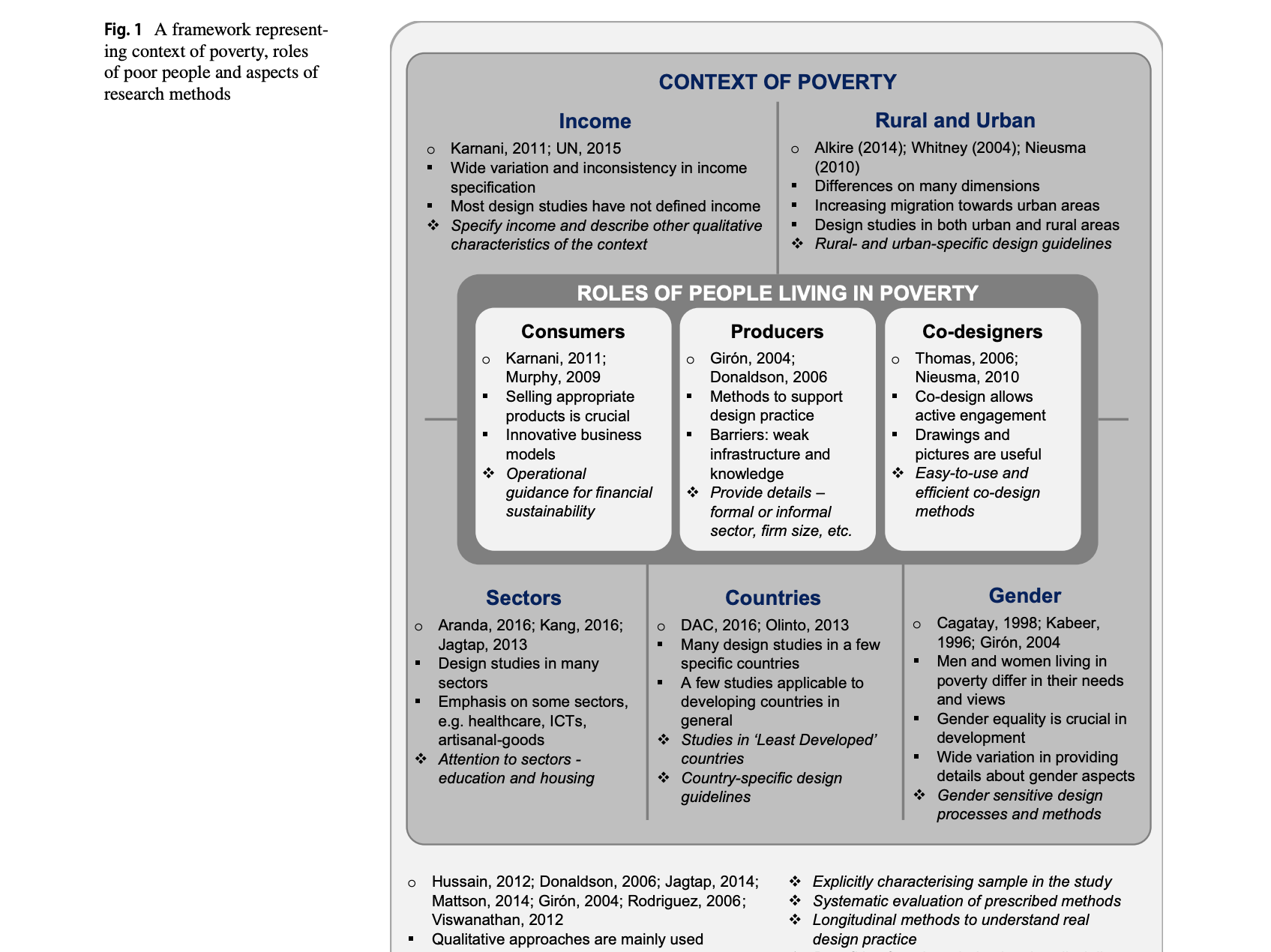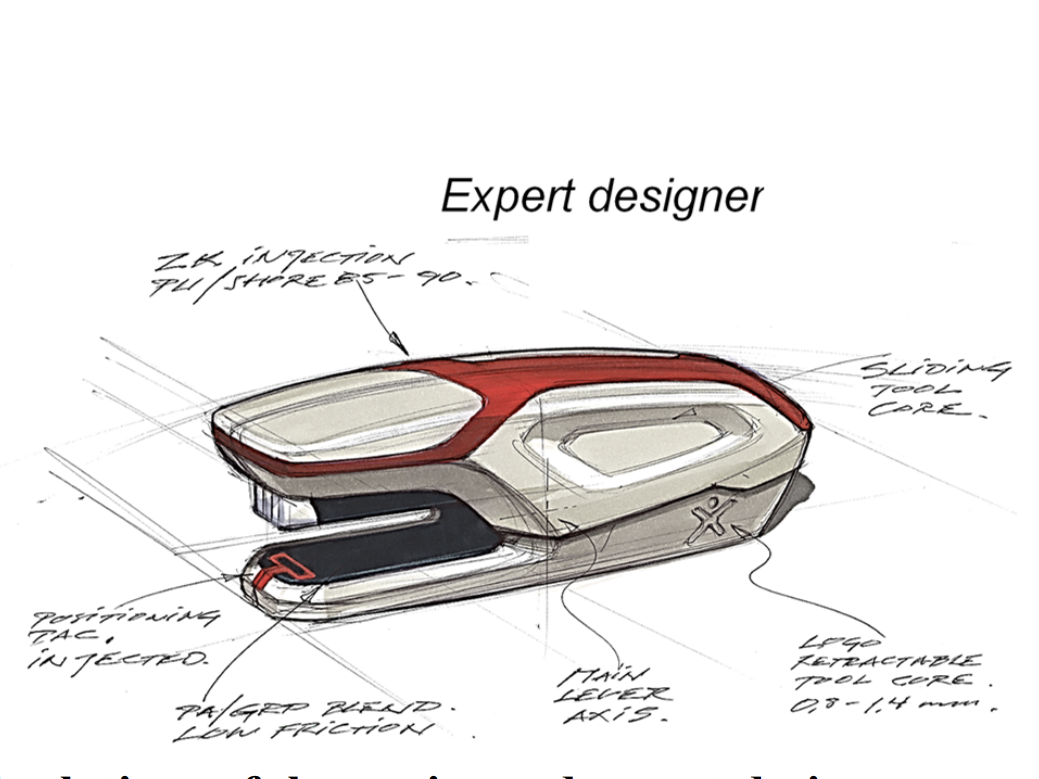Forskare från BTH ska studera hur människor i Tanzania arbetar med design och utveckling med syftet att öka deras förmåga att designa mer framgångsrika produkter. Projektet stöttas av Vetenskapsrådet och syftar till att stödja mikroföretag i utvecklingsländer.
Read More
Forskare ska stötta produktutvecklare i mikroföretag i Tanzania
- 12th November 2020
- No Comment

